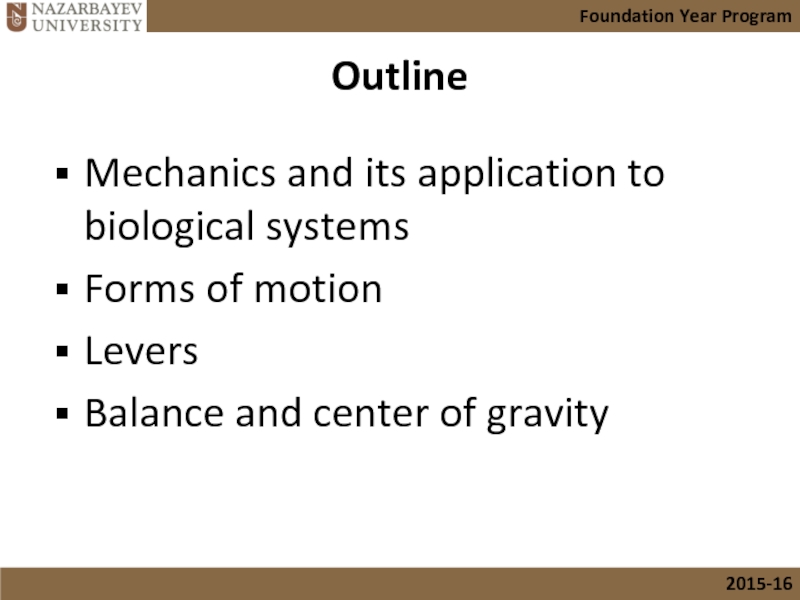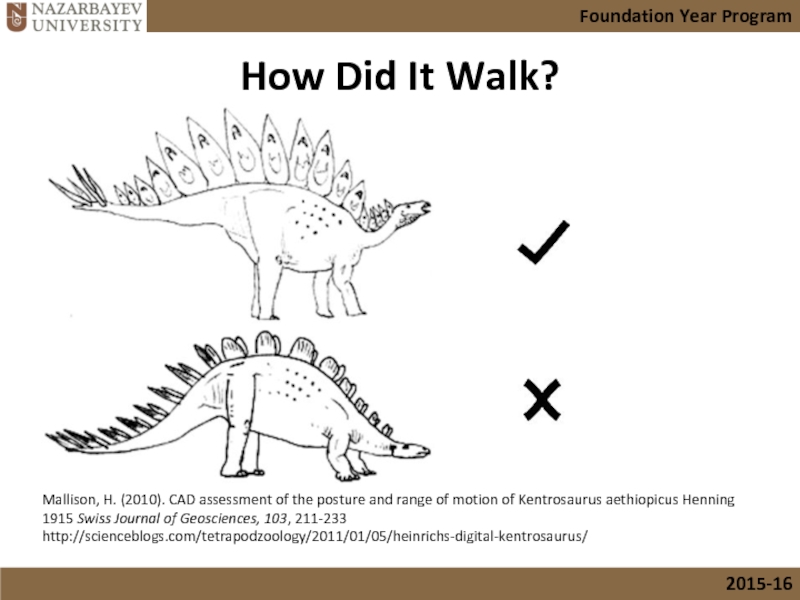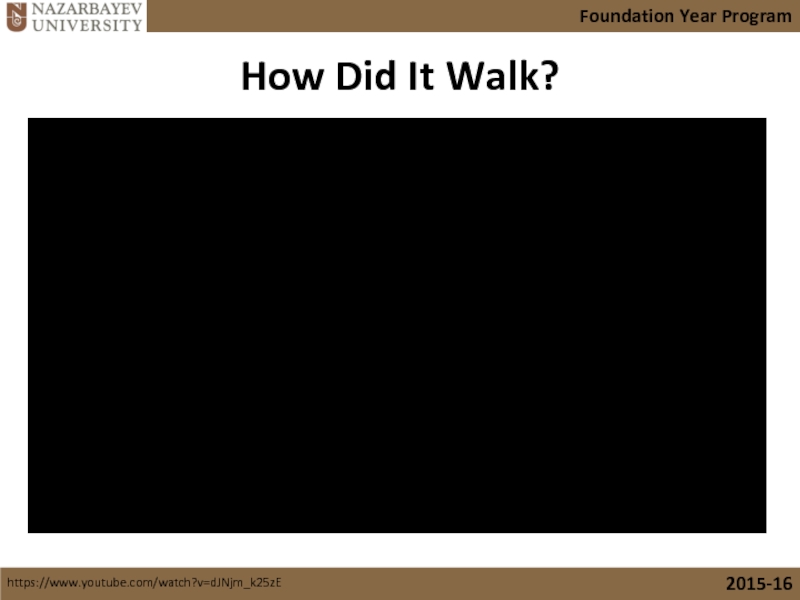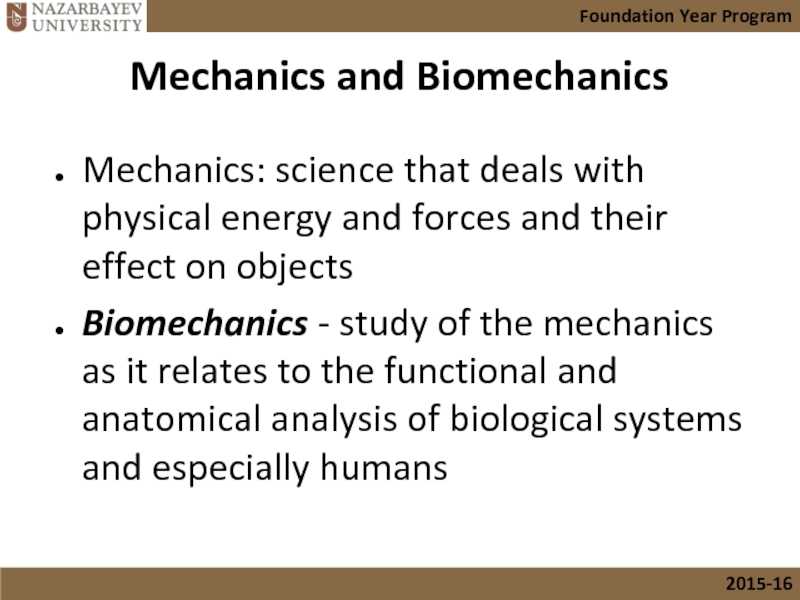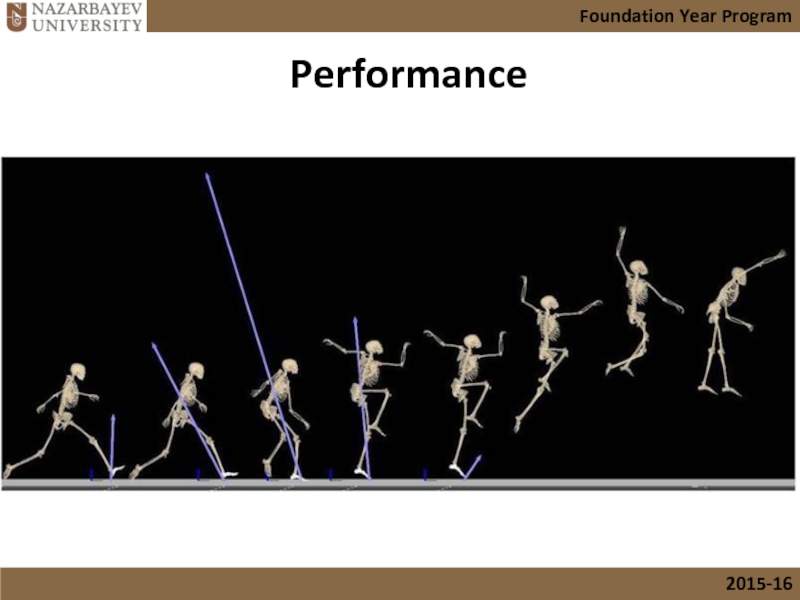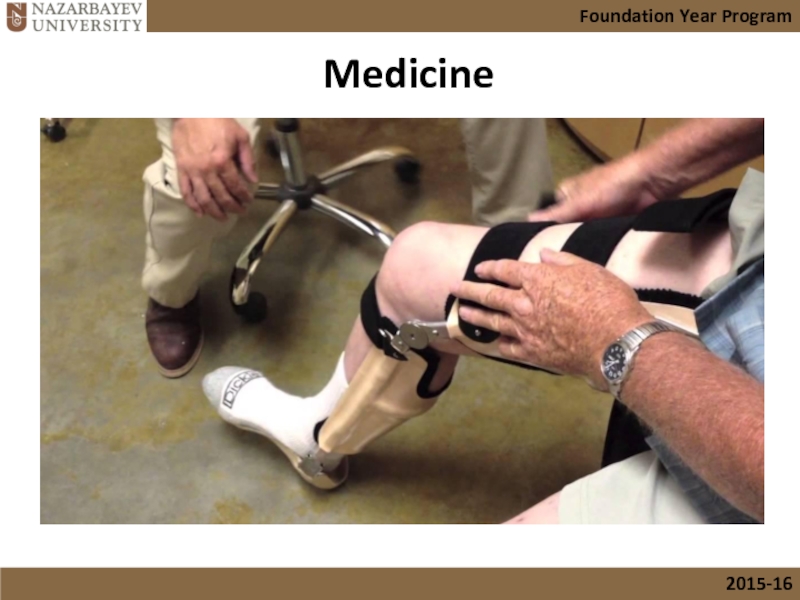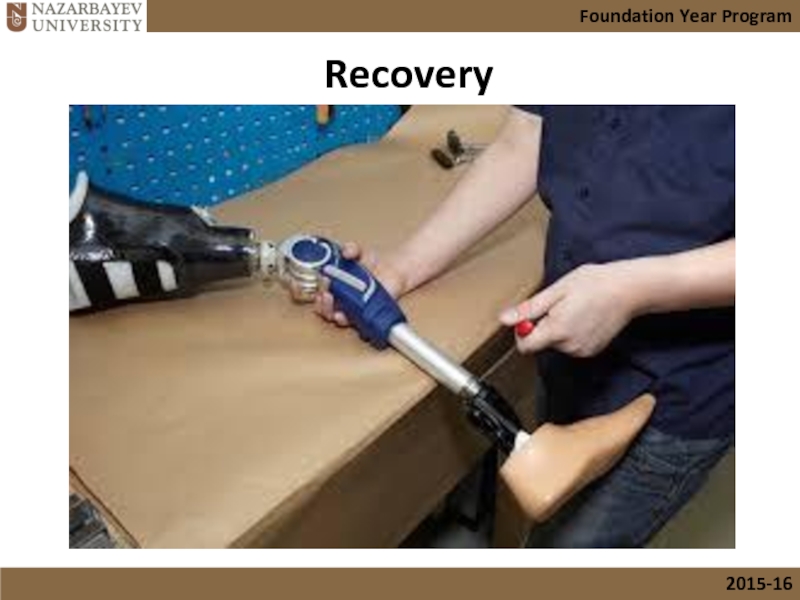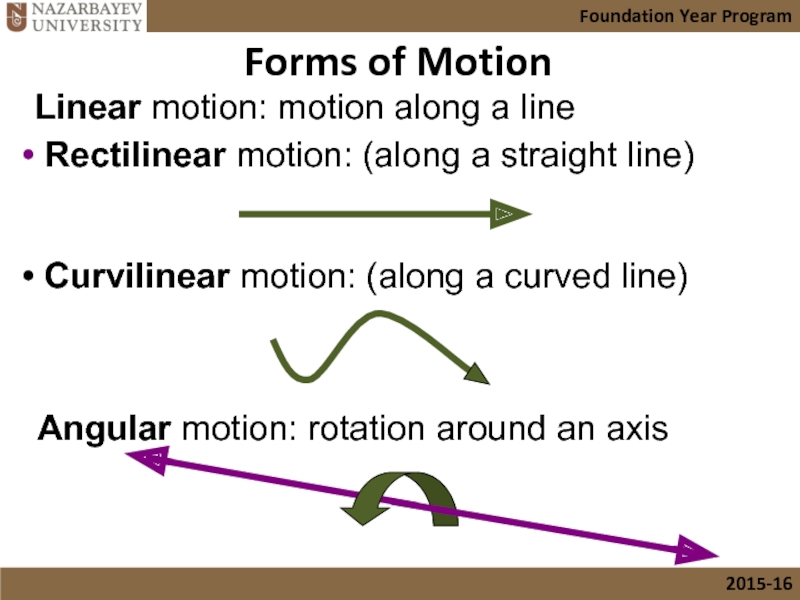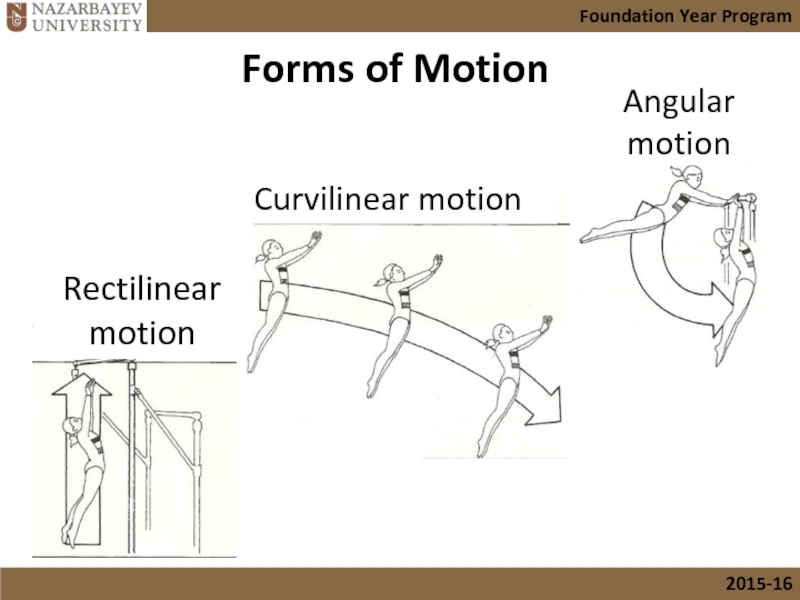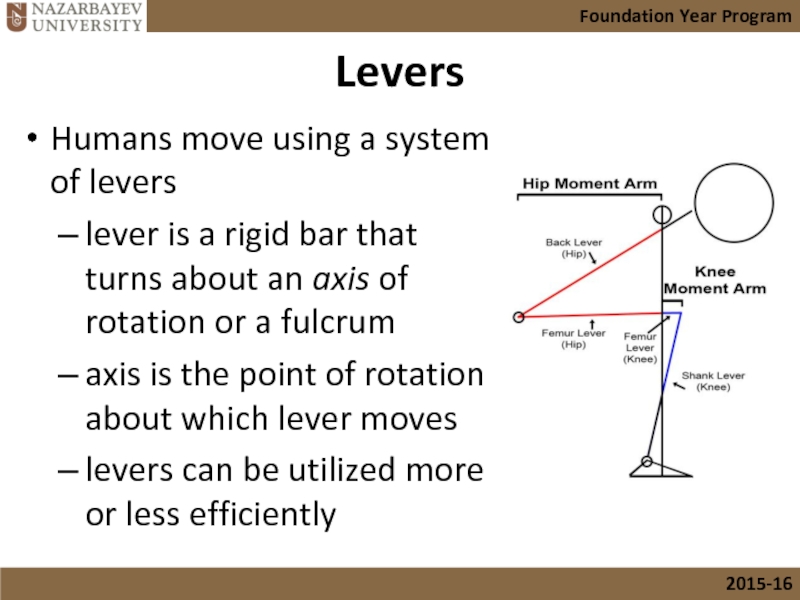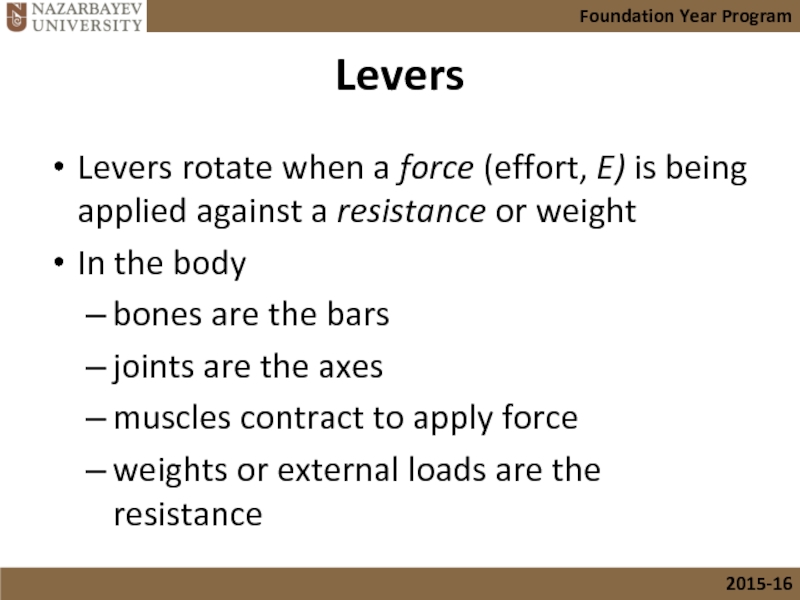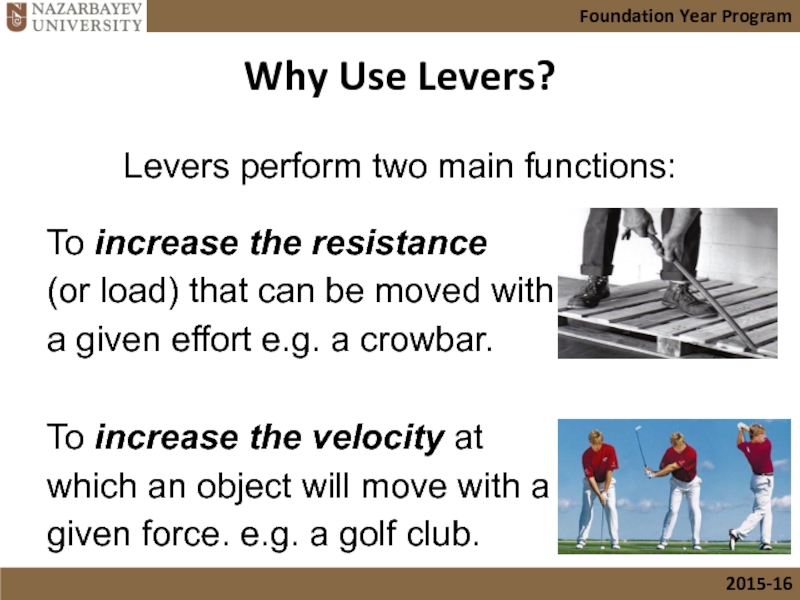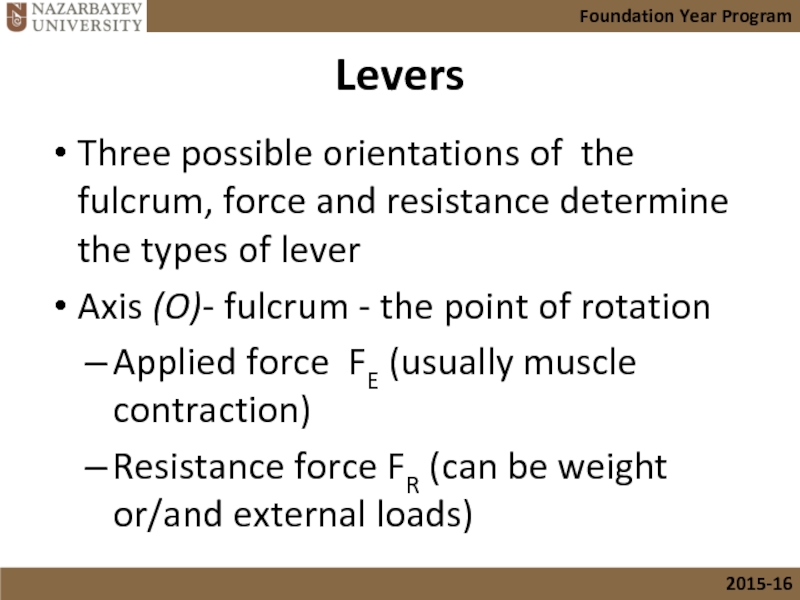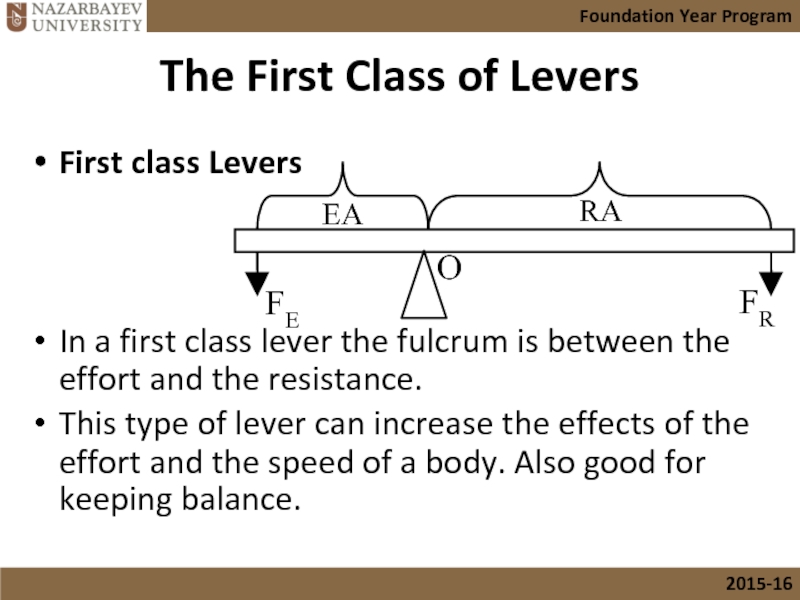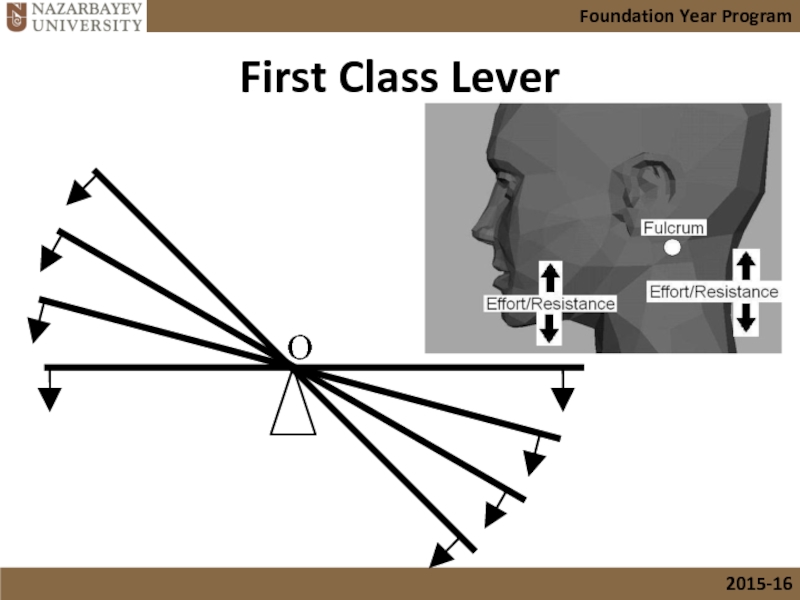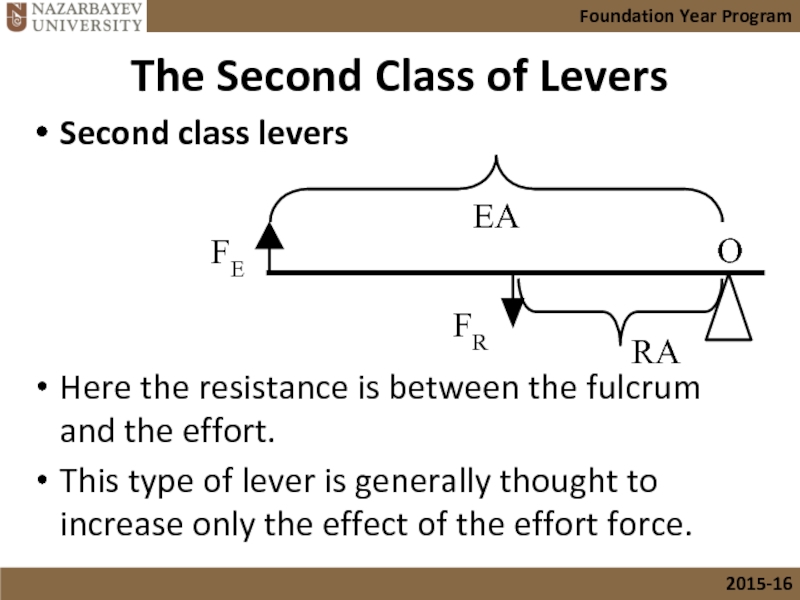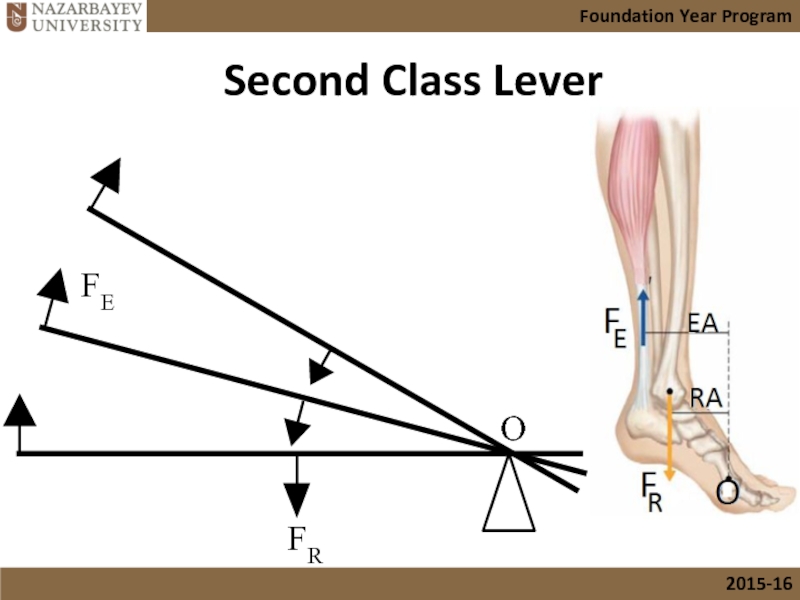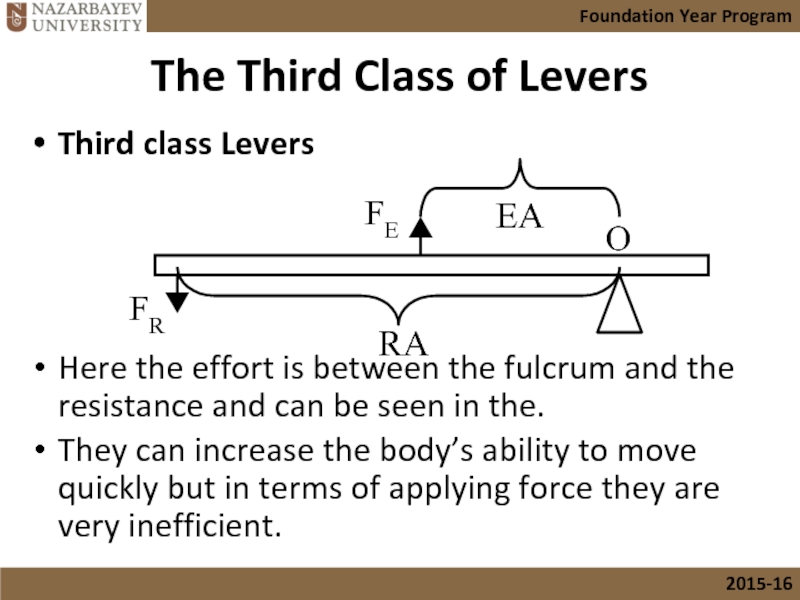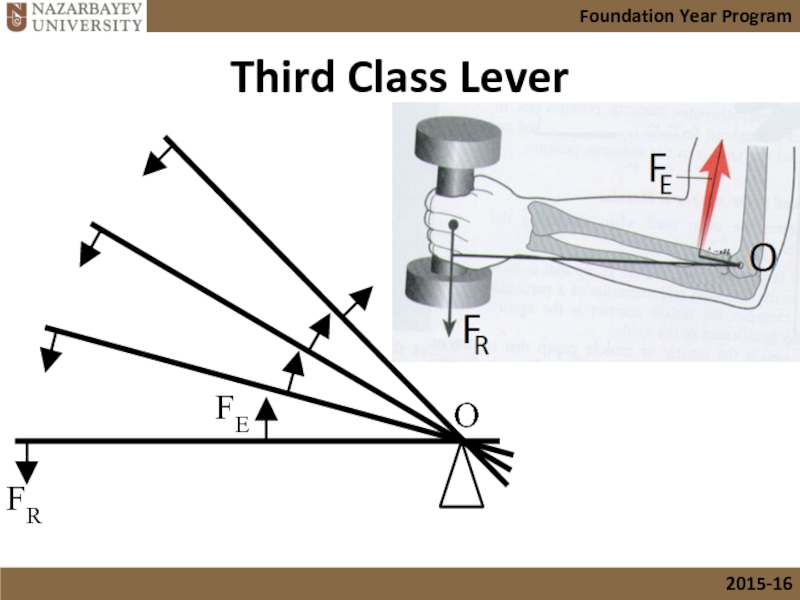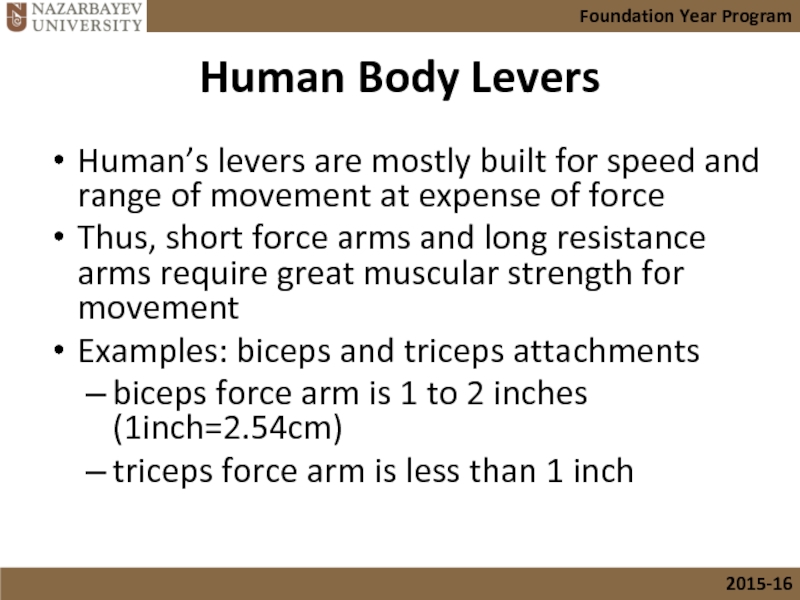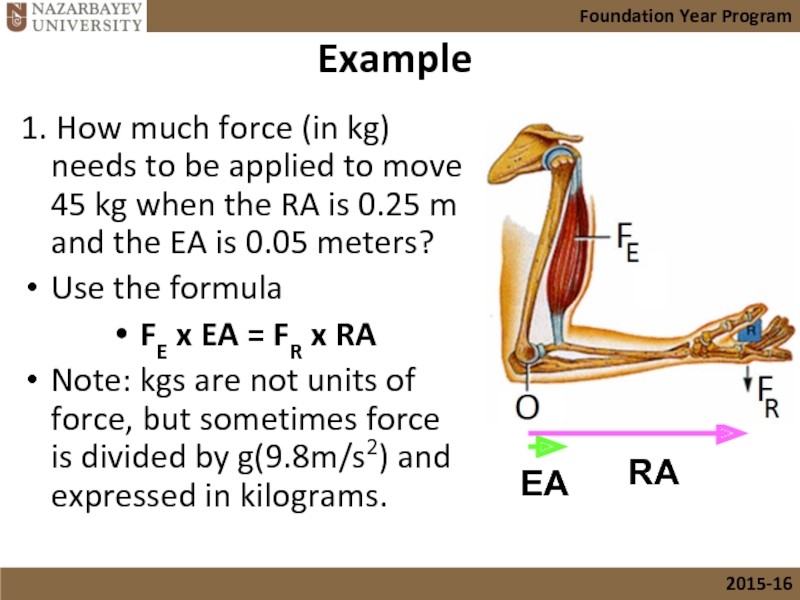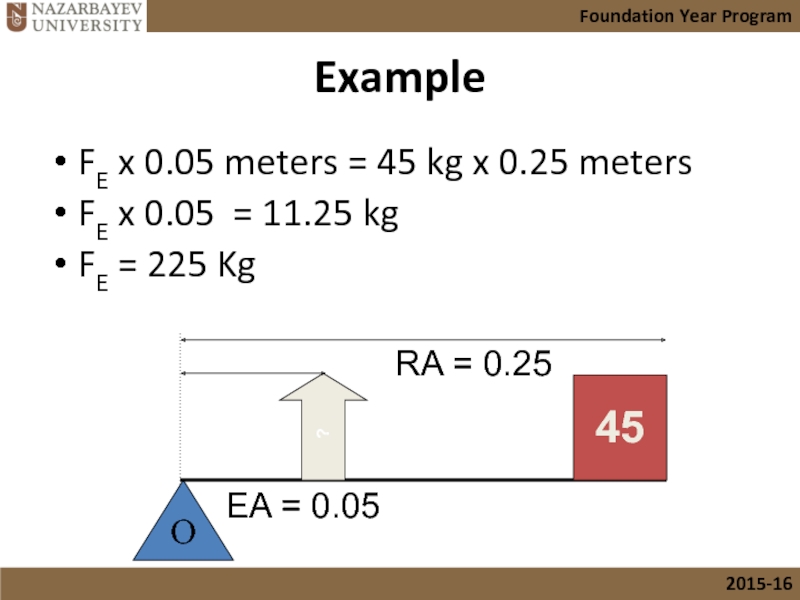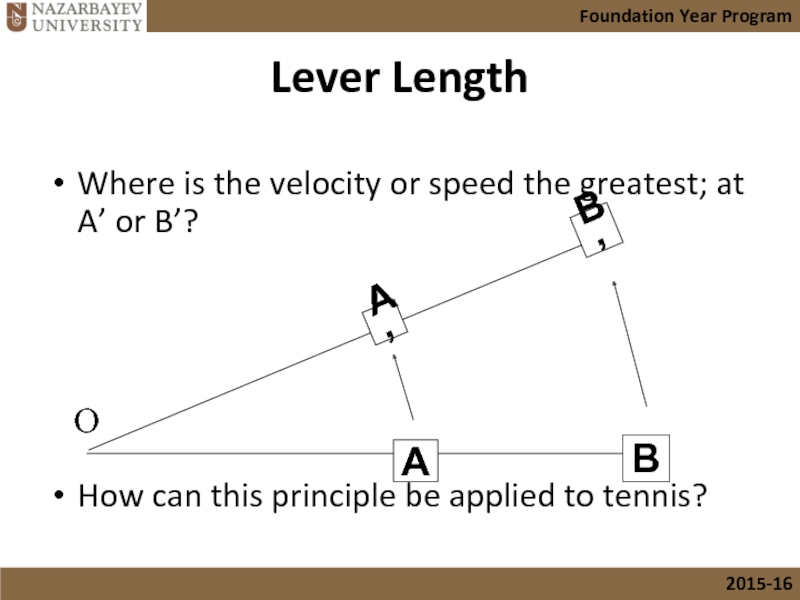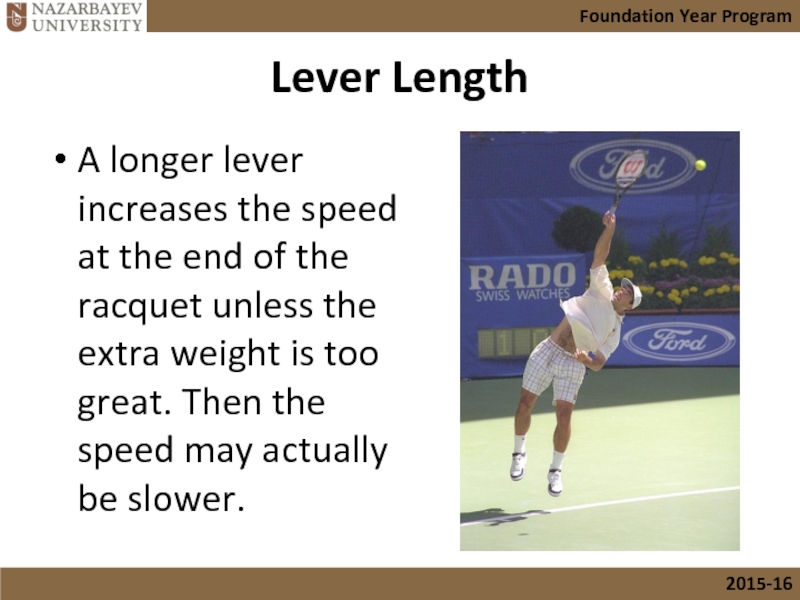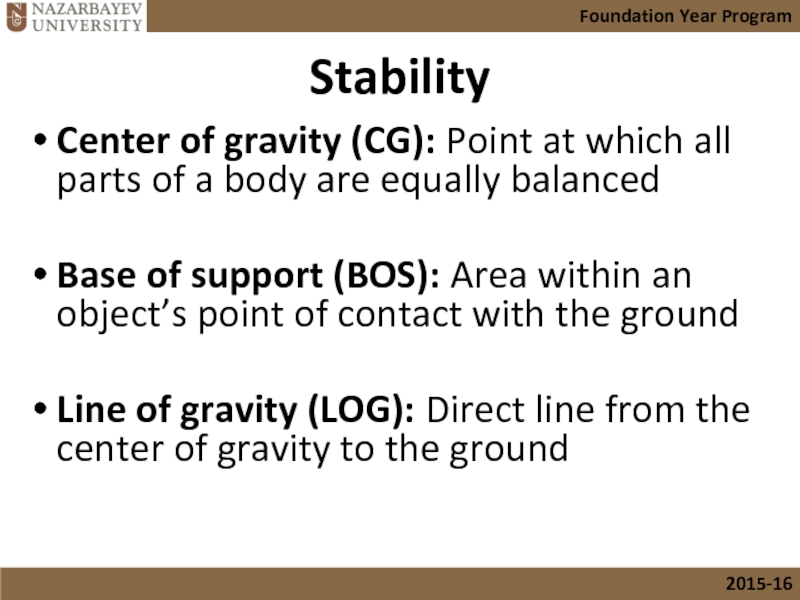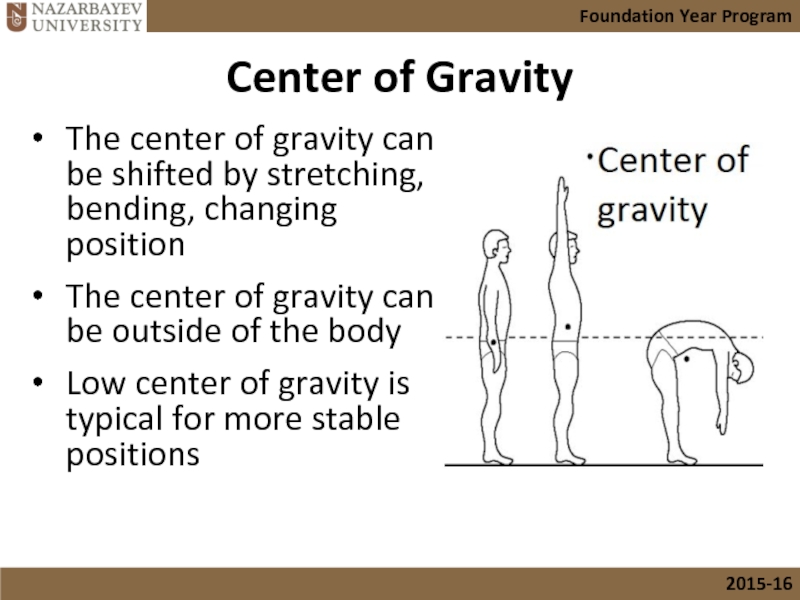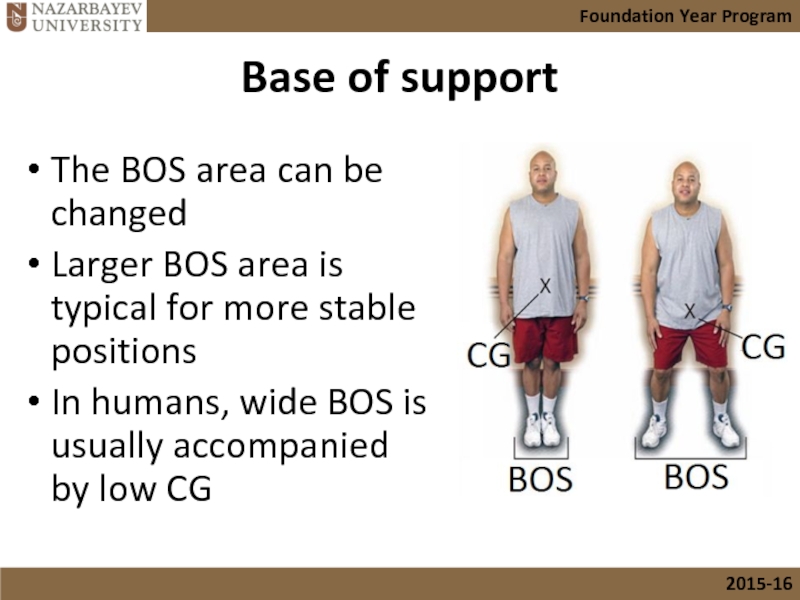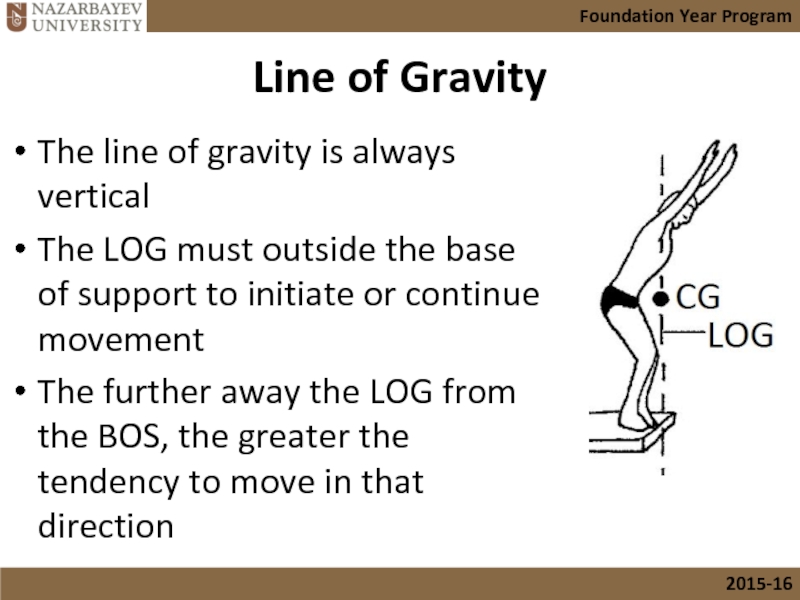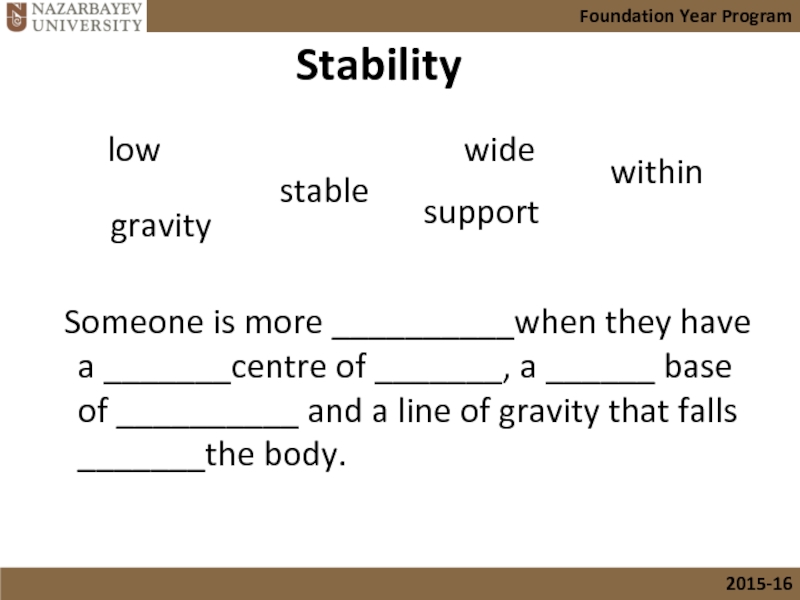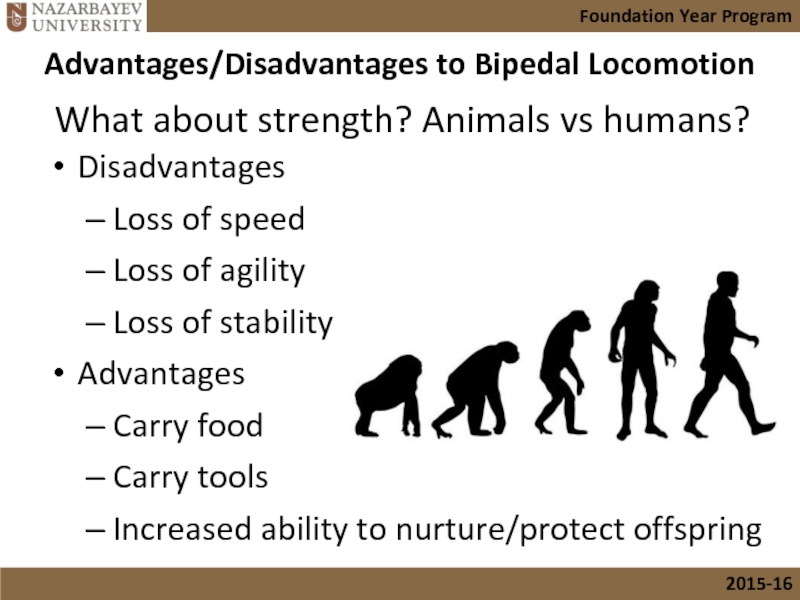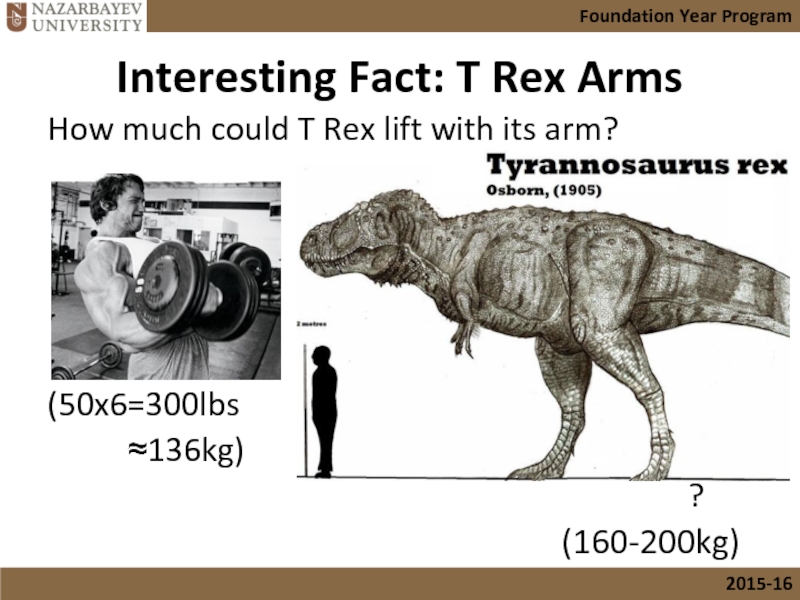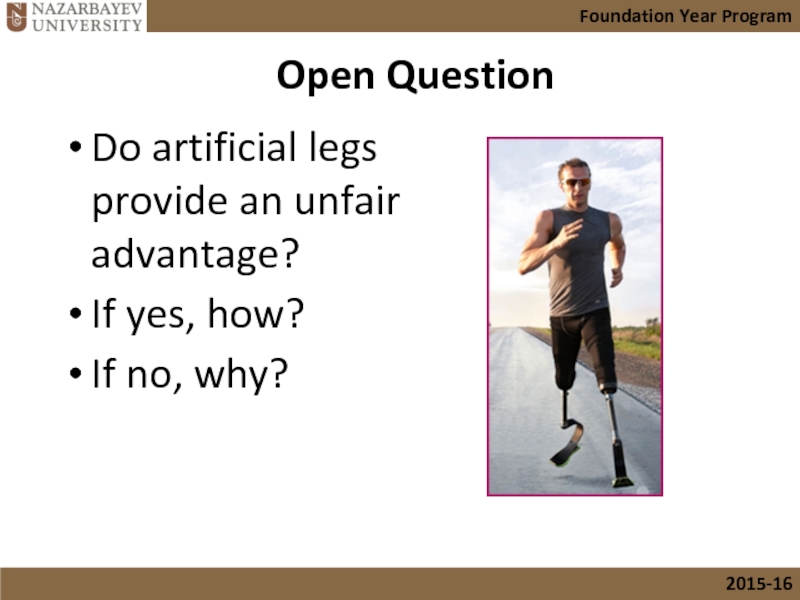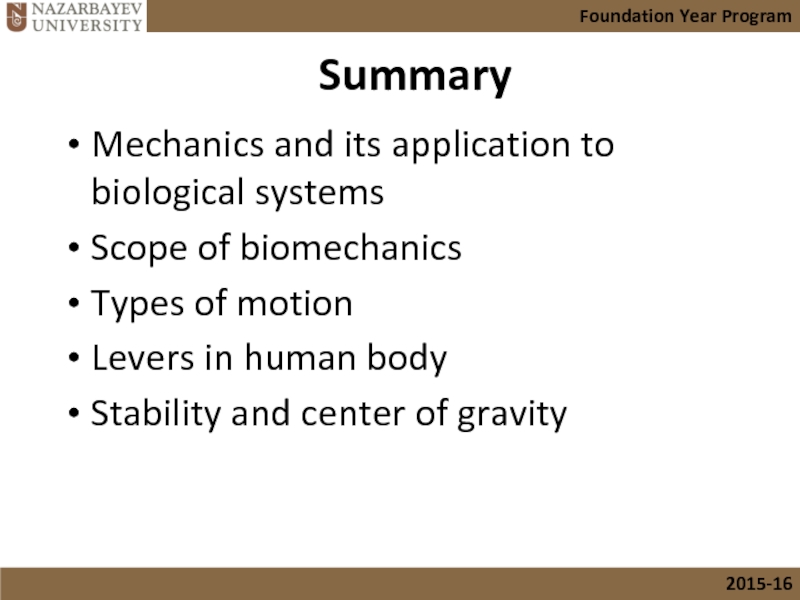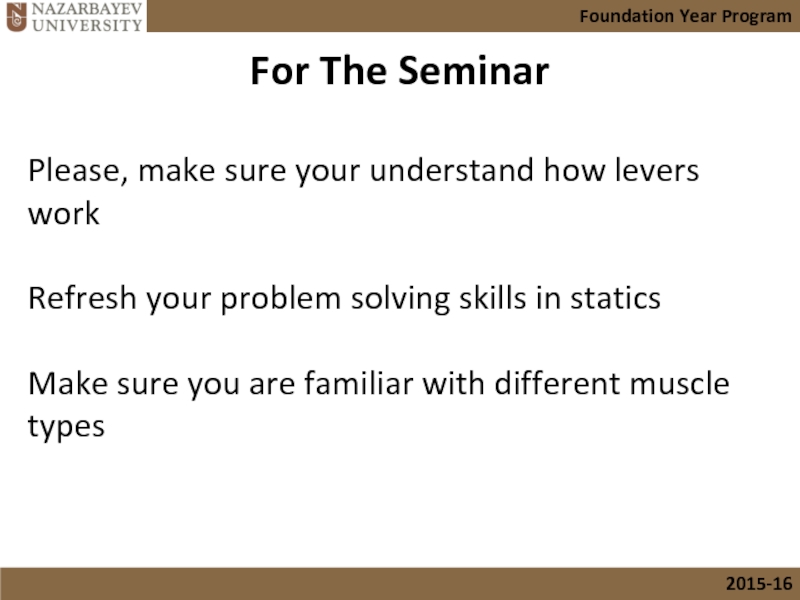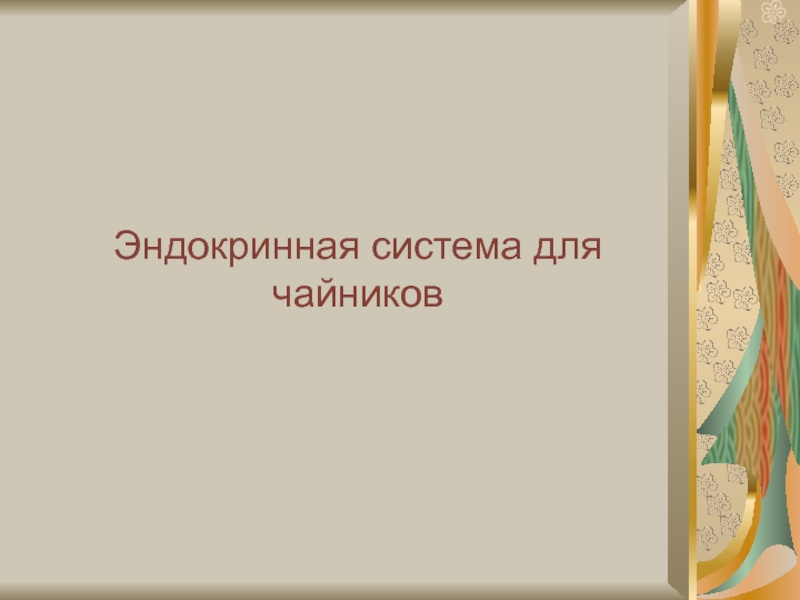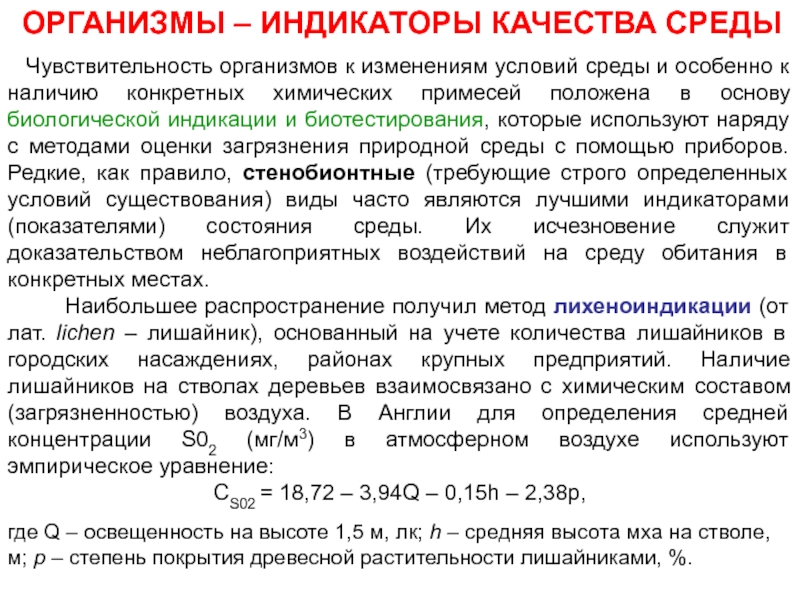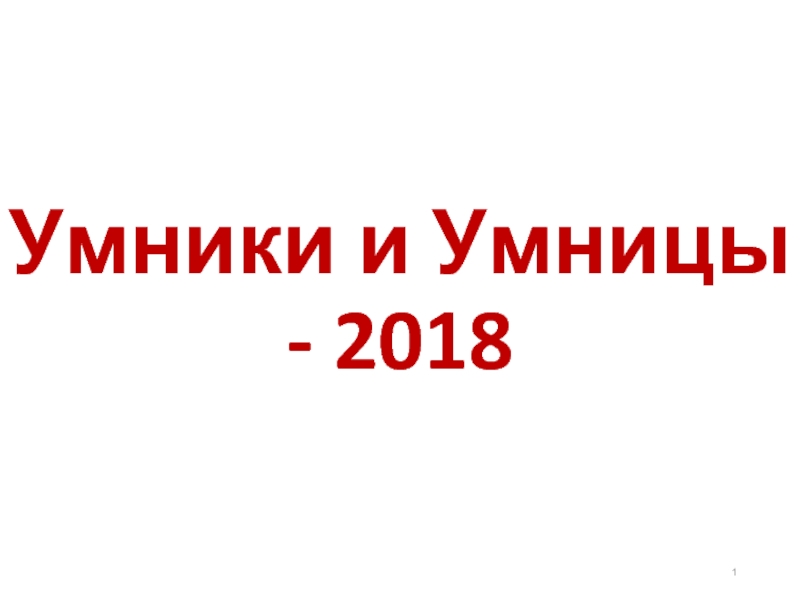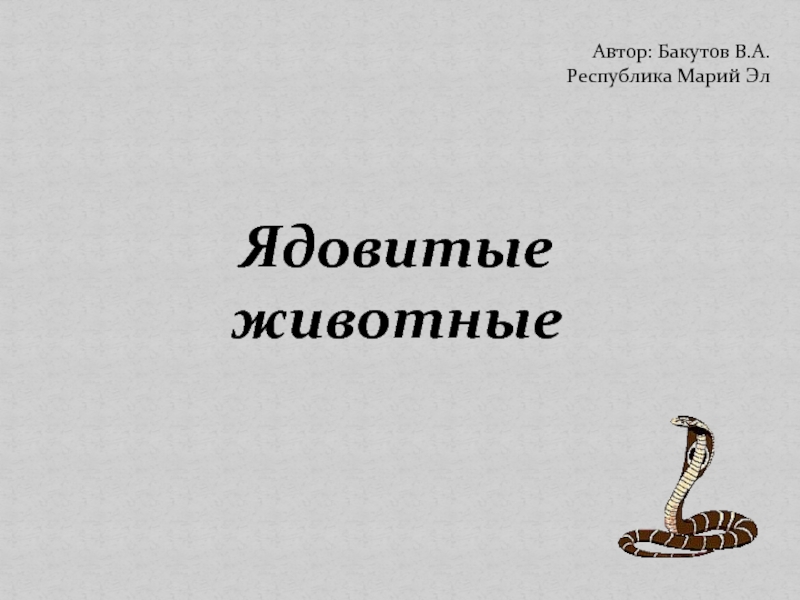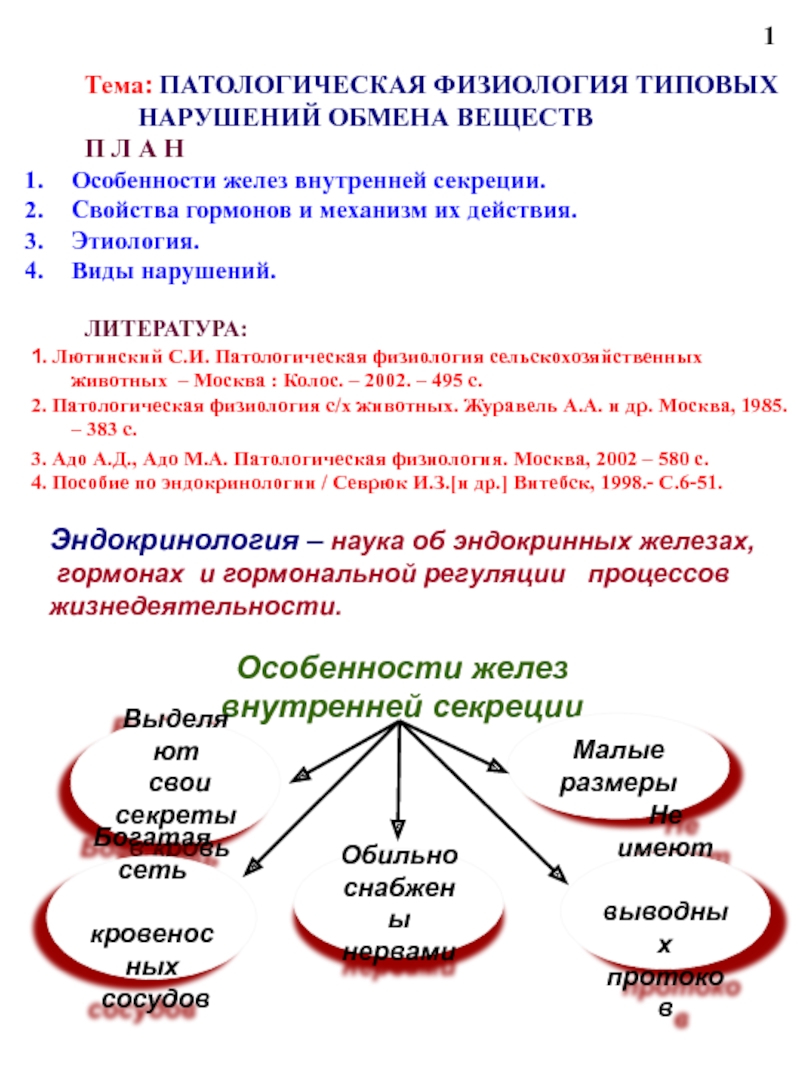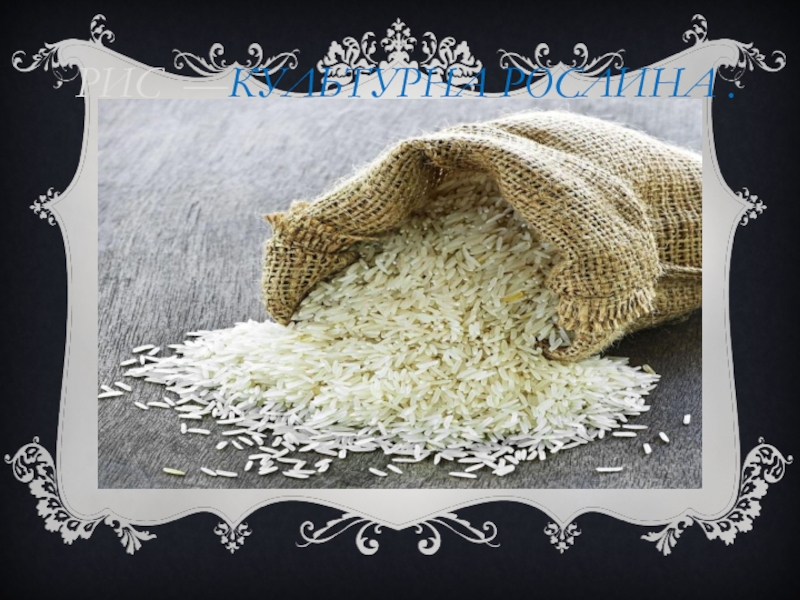- Главная
- Разное
- Дизайн
- Бизнес и предпринимательство
- Аналитика
- Образование
- Развлечения
- Красота и здоровье
- Финансы
- Государство
- Путешествия
- Спорт
- Недвижимость
- Армия
- Графика
- Культурология
- Еда и кулинария
- Лингвистика
- Английский язык
- Астрономия
- Алгебра
- Биология
- География
- Детские презентации
- Информатика
- История
- Литература
- Маркетинг
- Математика
- Медицина
- Менеджмент
- Музыка
- МХК
- Немецкий язык
- ОБЖ
- Обществознание
- Окружающий мир
- Педагогика
- Русский язык
- Технология
- Физика
- Философия
- Химия
- Шаблоны, картинки для презентаций
- Экология
- Экономика
- Юриспруденция
The mechanics in biomechanics презентация
Содержание
- 1. The mechanics in biomechanics
- 2. Outline Mechanics and its application to biological
- 3. How Did It Walk? Mallison, H. (2010).
- 4. How Did It Walk? https://www.youtube.com/watch?v=dJNjm_k25zE
- 5. Mechanics and Biomechanics Mechanics: science that deals
- 6. Performance
- 7. Medicine
- 8. Recovery
- 9. Forms of Motion Linear motion: motion along
- 10. Forms of Motion
- 11. Levers Humans move using
- 12. Levers Levers rotate when
- 13. Why Use Levers? Levers perform two main
- 14. Levers Three possible orientations of the fulcrum,
- 15. The First Class of Levers First class
- 16. First Class Lever O
- 17. The Second Class of Levers Second class
- 18. Second Class Lever FE FR O
- 19. The Third Class of Levers Third class
- 20. Third Class Lever O
- 21. Human Body Levers Human’s levers are mostly
- 22. Example 1. How much force (in kg)
- 23. Example FE x 0.05 meters = 45
- 24. Lever Length Where is the velocity or
- 25. Lever Length A longer lever increases the
- 26. Stability Center of gravity (CG): Point
- 27. Center of Gravity
- 28. Base of support The BOS area can
- 29. Line of Gravity The line of gravity
- 30. Stability Someone is
- 31. Disadvantages Loss of speed Loss of agility
- 32. Interesting Fact: T Rex Arms How much
- 33. Open Question Do artificial legs provide an unfair advantage? If yes, how? If no, why?
- 34. Summary Mechanics and its application to biological
- 35. For The Seminar Please, make sure
Слайд 1An introduction to Biomechanics and Sports Physiology
Lecture 1 – The Mechanics
Слайд 2Outline
Mechanics and its application to biological systems
Forms of motion
Levers
Balance and center
Слайд 3How Did It Walk?
Mallison, H. (2010). CAD assessment of the posture
http://scienceblogs.com/tetrapodzoology/2011/01/05/heinrichs-digital-kentrosaurus/
Слайд 5Mechanics and Biomechanics
Mechanics: science that deals with physical energy and forces
Biomechanics - study of the mechanics as it relates to the functional and anatomical analysis of biological systems and especially humans
Слайд 9Forms of Motion
Linear motion: motion along a line
Rectilinear motion: (along
Curvilinear motion: (along a curved line)
Angular motion: rotation around an axis
Слайд 11
Levers
Humans move using a system of levers
lever is a rigid bar
axis is the point of rotation about which lever moves
levers can be utilized more or less efficiently
Слайд 12
Levers
Levers rotate when a force (effort, E) is being applied against
In the body
bones are the bars
joints are the axes
muscles contract to apply force
weights or external loads are the resistance
Слайд 13Why Use Levers?
Levers perform two main functions:
To increase the resistance
(or load) that can be moved with
a given effort e.g. a crowbar.
To increase the velocity at
which an object will move with a
given force. e.g. a golf club.
Слайд 14Levers
Three possible orientations of the fulcrum, force and resistance determine the
Axis (O)- fulcrum - the point of rotation
Applied force FE (usually muscle contraction)
Resistance force FR (can be weight or/and external loads)
Слайд 15The First Class of Levers
First class Levers
In a first class lever
This type of lever can increase the effects of the effort and the speed of a body. Also good for keeping balance.
FR
O
Слайд 17The Second Class of Levers
Second class levers
Here the resistance is between
This type of lever is generally thought to increase only the effect of the effort force.
O
FE
FR
Слайд 19The Third Class of Levers
Third class Levers
Here the effort is between
They can increase the body’s ability to move quickly but in terms of applying force they are very inefficient.
O
Слайд 21Human Body Levers
Human’s levers are mostly built for speed and range
Thus, short force arms and long resistance arms require great muscular strength for movement
Examples: biceps and triceps attachments
biceps force arm is 1 to 2 inches (1inch=2.54cm)
triceps force arm is less than 1 inch
Слайд 22Example
1. How much force (in kg) needs to be applied to
Use the formula
FE x EA = FR x RA
Note: kgs are not units of force, but sometimes force is divided by g(9.8m/s2) and expressed in kilograms.
EA
RA
Слайд 23Example
FE x 0.05 meters = 45 kg x 0.25 meters
FE x
FE = 225 Kg
45
?
EA = 0.05
RA = 0.25
O
Слайд 24Lever Length
Where is the velocity or speed the greatest; at A’
How can this principle be applied to tennis?
O
Слайд 25Lever Length
A longer lever increases the speed at the end of
Слайд 26Stability
Center of gravity (CG): Point at which all parts of
Base of support (BOS): Area within an object’s point of contact with the ground
Line of gravity (LOG): Direct line from the center of gravity to the ground
Слайд 27Center of Gravity
The center of gravity can be shifted by stretching,
The center of gravity can be outside of the body
Low center of gravity is typical for more stable positions
Слайд 28Base of support
The BOS area can be changed
Larger BOS area is
In humans, wide BOS is usually accompanied by low CG
Слайд 29Line of Gravity
The line of gravity is always vertical
The LOG must
The further away the LOG from the BOS, the greater the tendency to move in that direction
Слайд 30Stability
Someone is more __________when they have a _______centre of _______,
stable
low
gravity
wide
support
within
Слайд 31Disadvantages
Loss of speed
Loss of agility
Loss of stability
Advantages
Carry food
Carry tools
Increased ability to
Advantages/Disadvantages to Bipedal Locomotion
What about strength? Animals vs humans?
Слайд 32Interesting Fact: T Rex Arms
How much could T Rex lift with
(50x6=300lbs
≈136kg)
?
(160-200kg)
Слайд 34Summary
Mechanics and its application to biological systems
Scope of biomechanics
Types of motion
Levers
Stability and center of gravity
Слайд 35For The Seminar
Please, make sure your understand how levers work
Refresh your
Make sure you are familiar with different muscle types

